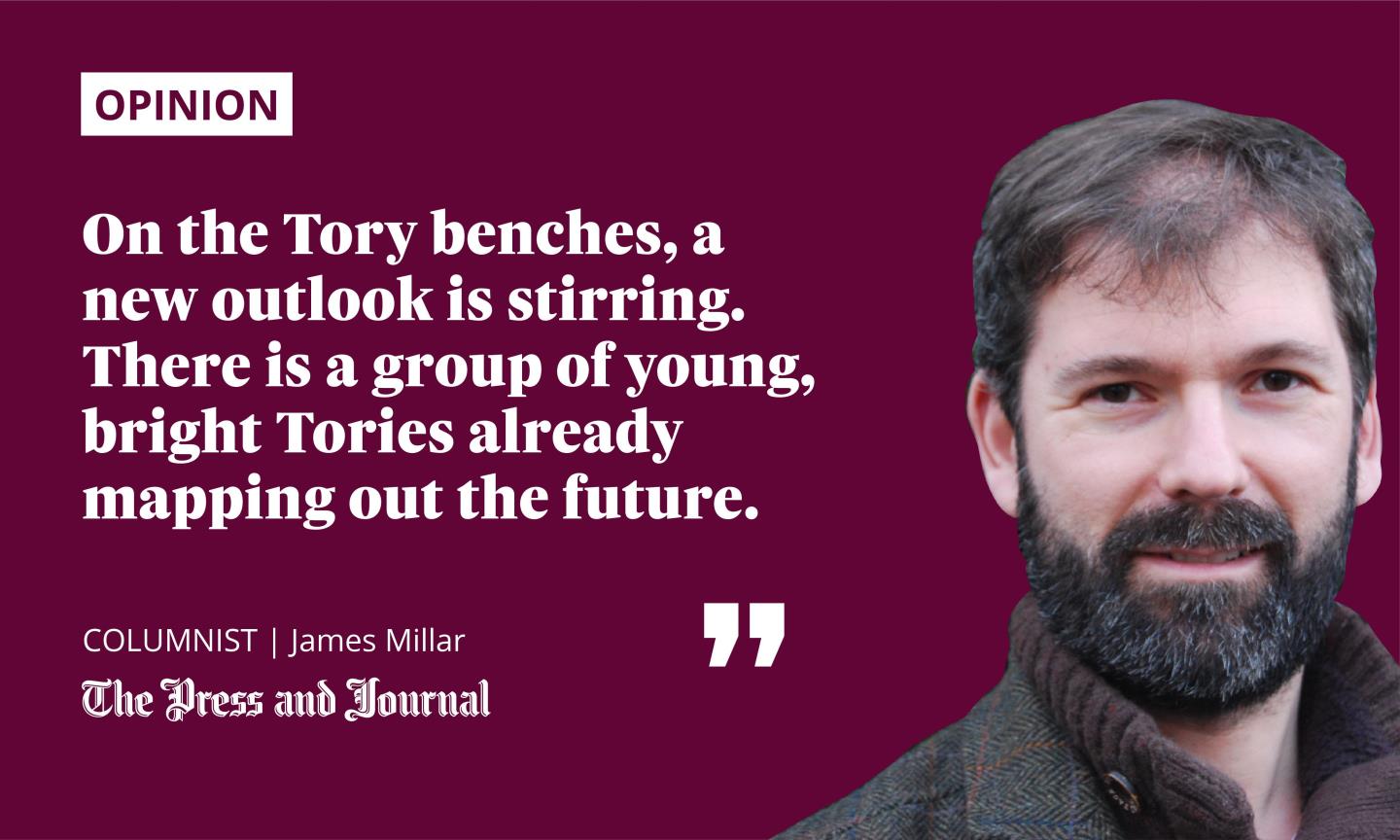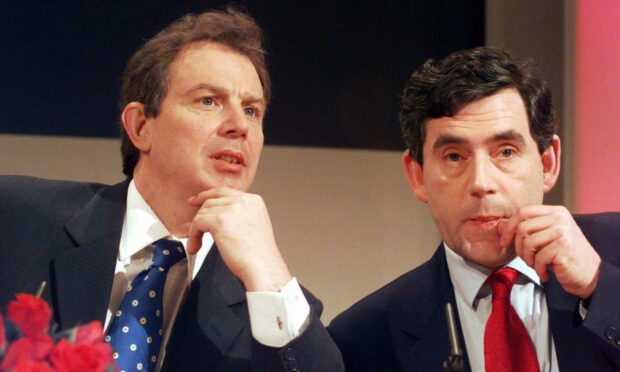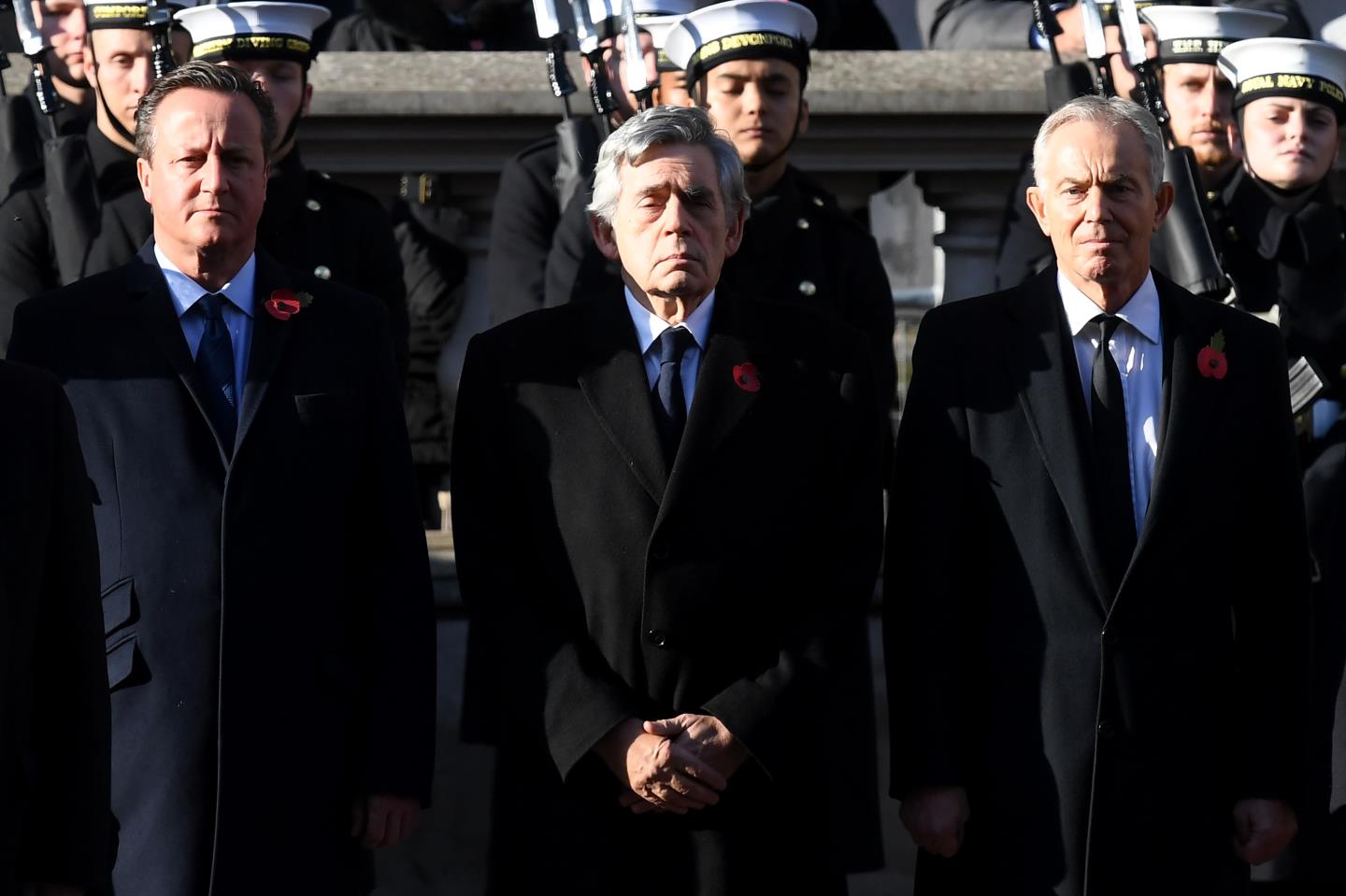Before the dreadful events of last Friday, there was only one topic of conversation in Westminster – the BBC Two documentary series, Blair & Brown: The New Labour Revolution.
It’s still coming up in conversation this week. Because it seems so foreign in light of the murder of David Amess.
The second episode of Blair & Brown saw Labour win their landslide majority in 1997 and people pour on to the streets to shake Tony Blair’s hand. On first viewing, it’s the lack of social distancing that looked so odd. Now, the same footage brings a shiver.

For a period in 1997, people liked their politicians. These days you’d be concerned that one of those apparent well wishers actually had evil in mind and security would, entirely reasonably, have the heebie-jeebies.
Of course, the events covered in the programme are history to the likes of my teenage daughter watching it now. She sees those crowds welcoming the first Labour administration in 18 years and asks the obvious question: “Why did people go off Labour?”
The answer lies in posing the question the other way round – why did people like Labour? And that question yields interesting insights into politics now and into the future.
Starmer is gambling voter muscle memory
Blair and Brown shared an office as backbenchers in the 1980s. By all accounts, it crackled with energy and ideas as these two titans bounced policies and strategies off each other, plotting a way back to power for Labour.
Twenty years later, it was the Tories in the doldrums and the Cameroons of David Cameron, George Osborne and Michael Gove who brought the same skill set as Brown, Blair and Peter Mandelson – political nous, intellectual drive and, crucially, an ability and a desire to sell their programme to the electorate. New Labour wrote the playbook while the Cameroons just copied from it, but the point remains – they all diagnosed the malady and prescribed election-winning medicine.
Watched the whole of 'Blair & Brown: The New Labour Revolution' in two nights. Holy smokes.
An amazing documentary with some of the most candid Blair interviews I've ever seen. https://t.co/vXAyOke8j6— Matthew Dunne-Miles (@MDunneMiles) October 16, 2021
The Blair and Brown programme has hit a nerve because Labour feel similarly adrift today. Don’t count out the possibility that Keir Starmer will be prime minister after the next election. But his route to Number 10 relies on cobbling together a coalition with a common distaste for Boris Johnson, rather than mapping out a vision that swathes of the nation believe in.
In a recent discussion with one of Labour’s smarter apparatchiks, I was told that the party had to win back seats in the west of Scotland to regain power. That betrays a lack of ambition.
New Labour won dozens of seats in Scotland, from the borders to Aberdeen. Instead of seeking to win support through the power of their programme, today Labour is gambling on some muscle memory kicking in among folk who haven’t actually voted for them in over a decade.
Labour reminisces about the past while the Tories look to the future
Labour is bereft of a new Blair and Brown. Looking for carbon copies of their most successful duo is foolish. But it doesn’t seem a stretch to expect some in the party to be generating solutions to the nation’s current problems and plotting that path back to power.
And the big worry for Labour is that, on the Tory benches, a new outlook is stirring.
There is a group of young, bright Tories already mapping out the future. For, while they may be in government, the Conservative party is entirely beholden to Boris Johnson.
The PM has no programme or philosophy beyond popularity. Without him, the party may be left hollow.
If you’re looking for the intellectual engine of Westminster politics just now, it is to be found on the government backbenches and in the WhatsApp groups shared by the sorts of MPs who joined the party under David Cameron and signed up to his modernising agenda – Laura Trott, Claire Coutinho, Elliot Colburn and Aberdeen’s own Andrew Bowie. Call them the New Cameroons.
Just like their predecessors, they are planning for a day when the party no longer constantly “bangs on about Europe” and can no longer rely on Boris Johnson’s ballot box magic. They are effectively plotting a way back to power for the Conservative Party, once the PM inevitably releases his iron grip on it.
Keeping the excitable types who watch GB News within the Conservative coalition will be an important part of retaining power
They even recognise that presentation must be part of the package. Dehenna Davison is part of the gang. As one of her colleagues recently put it to me: “She doesn’t think great thoughts but she’s a great communicator”. Davison’s main thought seems to be: “When can I next go on maniac TV station GB News?” But keeping the excitable types who watch GB News within the Conservative coalition will be an important part of retaining power.
Blair & Brown: The New Labour Revolution is brilliant TV, well made and insightful. Labour viewers seem largely to have watched it and wallowed in reminisces of the past.
The reason the Tories win and retain power is that their bright young things are watching the same show and applying its lessons to the present.
James Millar is a political commentator and author and a former Westminster correspondent for The Sunday Post

